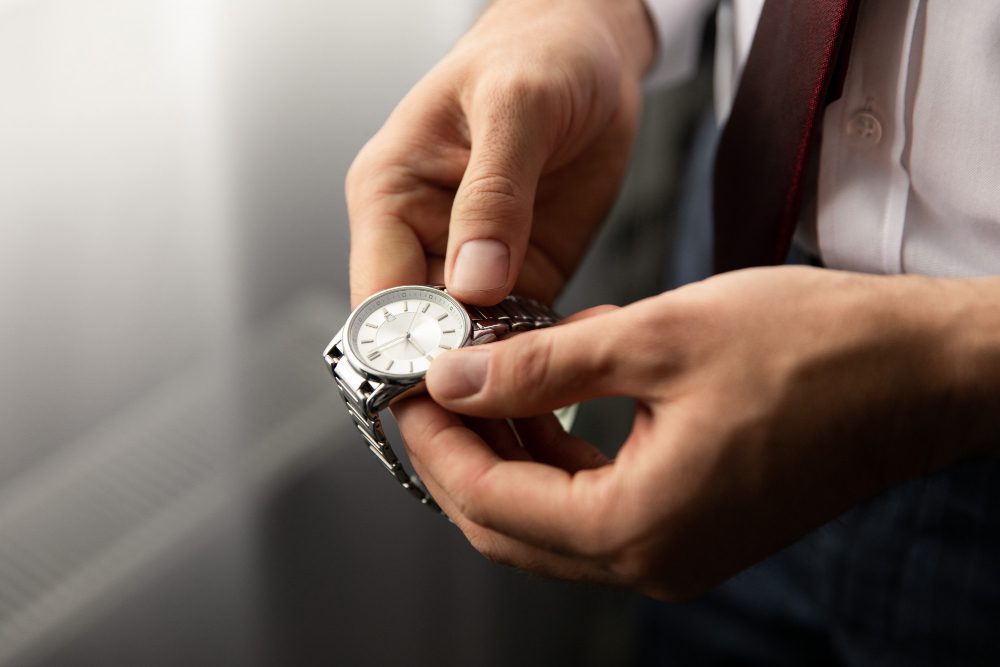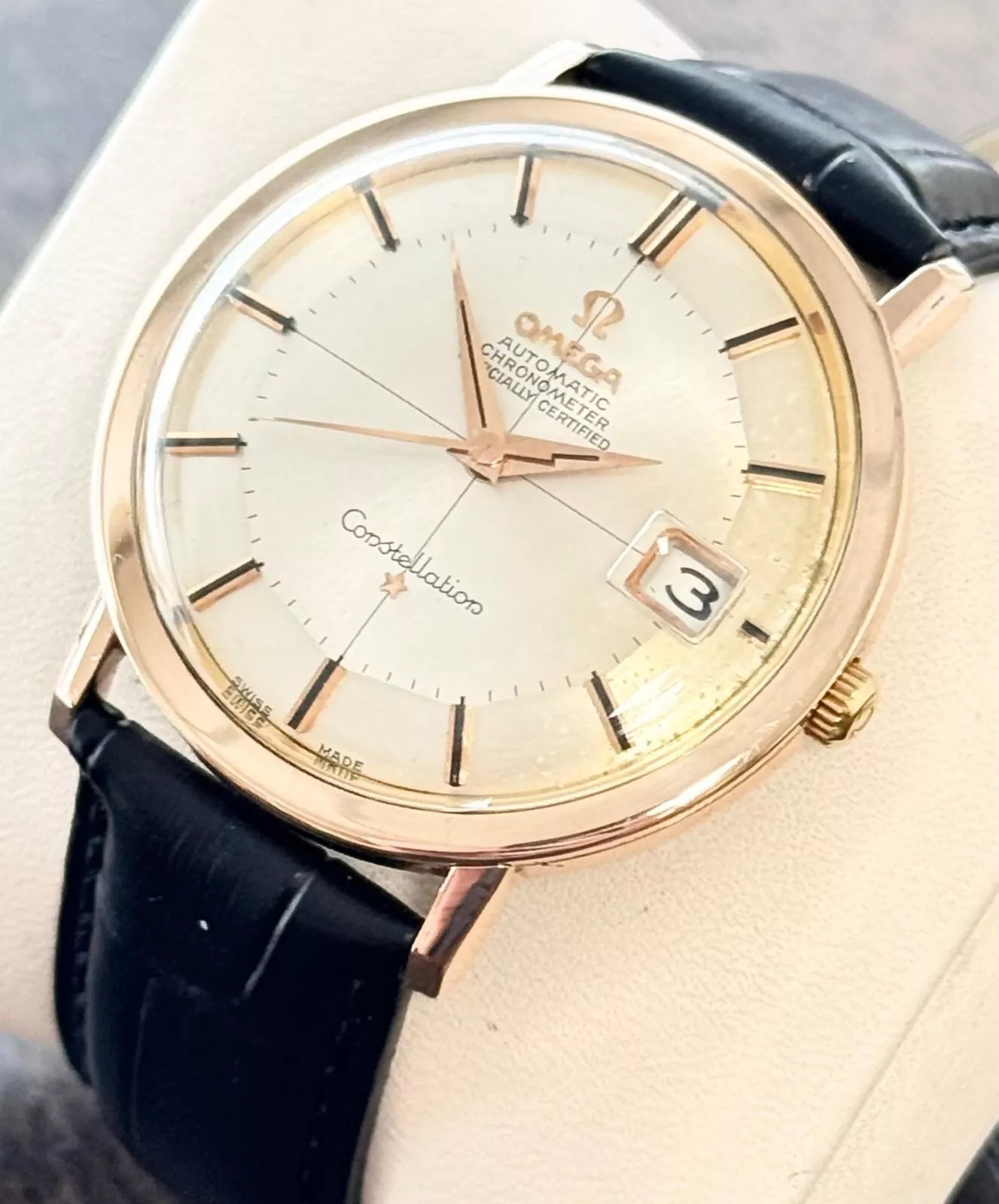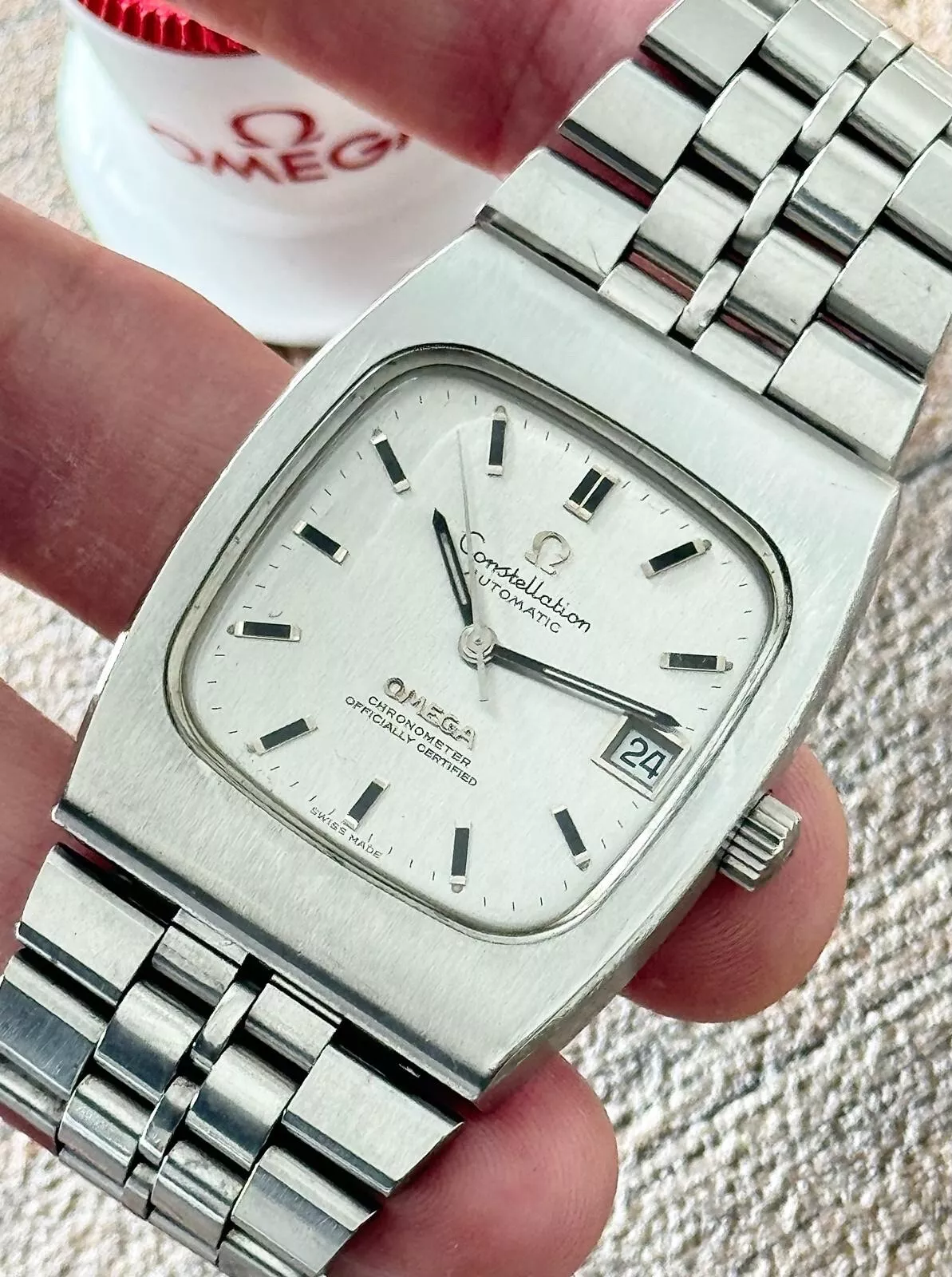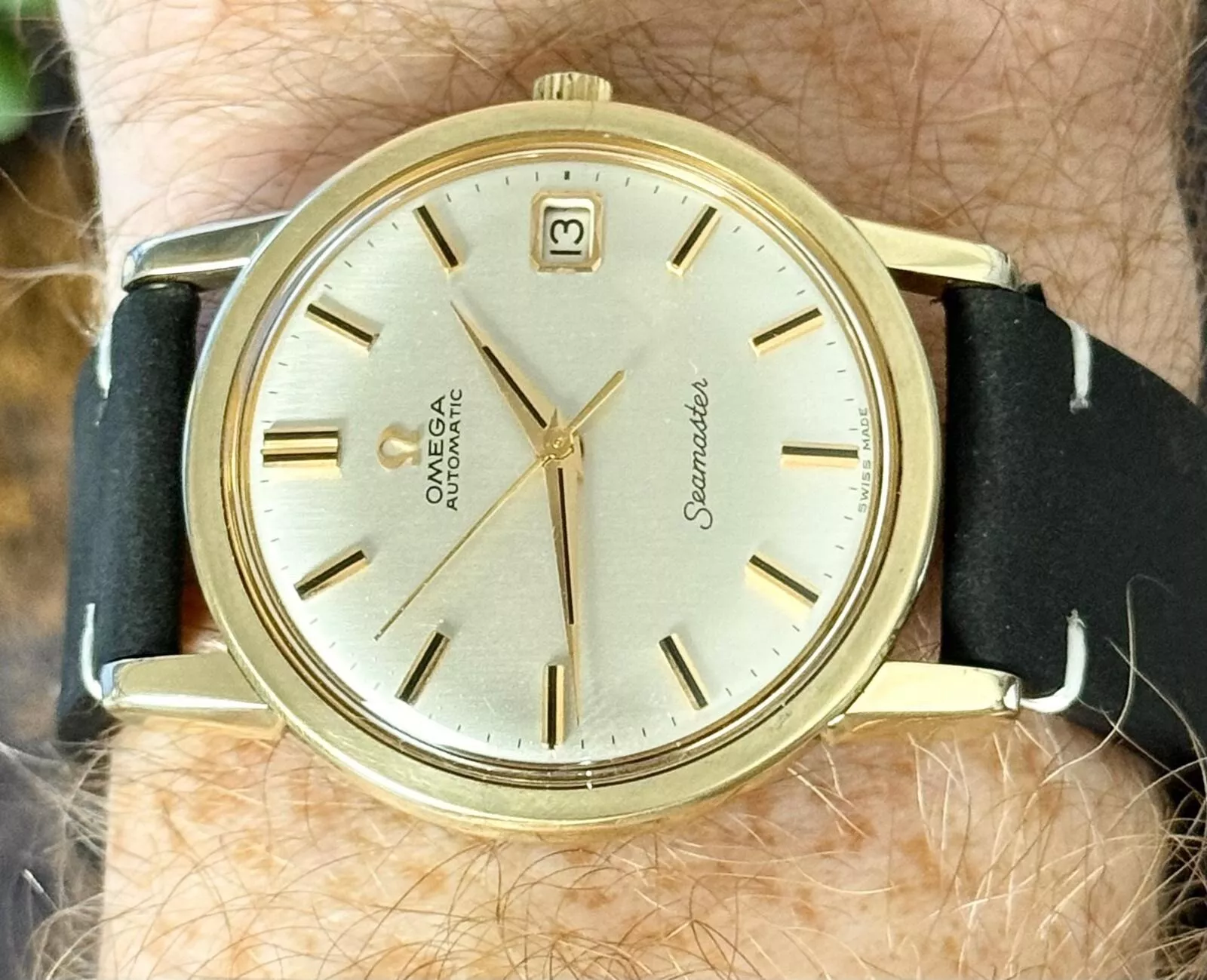From the battlefields of World War I to the luxury jewellery market of today, wristwatches have a fascinating history. Their evolution has been shaped by advances in technology and changing cultural values over time.
But one factor that’s had an indelible mark on watchmaking is warfare. From its inception as a practical tool for soldiers to its current status as a fashion accessory, wars have played an integral role in shaping the wristwatch industry.
In this article, we’ll explore how wars have impacted the development of watchmaking and what the future holds for this timeless piece of history on your wrist.
The History of the Wristwatch
Want to learn the story behind why we wear wristwatches? Then you’ll want to read up on the history of the wristwatch! From early luxury trends and pioneering solar power, all the way back to World War I, this is a tale that shows how fashion and function blend together.
The first wristwatch was created in 1868 by Patek Philippe, a Swiss watchmaker. They designed it for Countess Koscowicz of Hungary as a gift from her husband.
It wasn’t until much later that wristwatches became popular with soldiers during WWI due to their convenience when accessing information quickly in combat. The demand for these watches propelled technological advances such as wireless timing controls and quartz movements, allowing them to be even more precise.
Luxury brands such as Rolex benefited from these advancements, introducing features like waterproof cases and luminous dials that changed the face of timekeeping forever. Today’s solar-powered models are a testament to how far we’ve come since those early days of watchmaking – a stylish reminder of our journey through time!
Now let’s take a look at how World War I changed watchmaking forever…
The Impact of World War I on Watchmaking
The First World War had a knock-on effect on watchmaking, shaking up the industry like a hornet’s nest. While watches had been used for military purposes before the war, it was during this conflict that watchmakers really began to innovate.
Military innovation led to the development of new materials and technologies, from shockproof cases to luminous dials, which allowed wristwatches to become more robust and reliable. The result was an unprecedented surge in popularity; soldiers wanted their own piece of military innovation when they returned home.
This newfound interest gave birth to an array of styles and designs as manufacturers sought ways to stand out in an increasingly crowded market. As the war came to an end, so too did its influence on watchmaking – but not before leaving a lasting mark on both fashion and function.
With that legacy still lingering today, it’s no surprise that many people still wear wristwatches with pride as reminders of history on their wrists. From a technological perspective, the impact of WWI can still be felt; without it we may never have seen some of the incredible timepieces we have today.
Now shifting gears into WWII’s role in watchmaking…
The Role of the Wristwatch in World War II
WWII saw the wristwatch become an essential tool for soldiers, with its convenience and reliability proving invaluable in the heat of battle.
The war saw watchmakers innovate in leaps and bounds; atomic clocks were developed, and solar power was harnessed, allowing for more accurate timekeeping than ever before.
These advances allowed for watches to be powered longer without interruption, a critical factor when servicemen were operating in remote locations.
Wristwatches also served as a communication tool during battles, often used to coordinate troop movements or signal air raids.
In these ways, the wristwatch played a crucial role in WWII – one that has been largely forgotten but nonetheless profound.
As such, it’s clear that WWII had a major impact on watchmaking, laying the foundations for the post-war boom in watchmaking technology and design.
The Post-War Boom in Watchmaking
After WWII, watchmakers continued to innovate and develop new technologies, leading to a post-war boom in the industry that saw watches become more accurate and reliable than ever before. But how did this come about?
DIY kits began to be available for those wanting to make their own timepieces, allowing for the more accessible creation of watches. Luxury brands also started popping up in larger numbers as production techniques improved. This allowed for more intricate design choices and greater precision when crafting watches.
With these advancements, watchmaking shifted from an art form into a modern industry with new possibilities. Part of this was the invention of quartz watches, which had higher accuracy compared to their mechanical counterparts.
The Invention of the Quartz Watch
You can thank the invention of quartz watches for making timepieces more reliable and accurate than ever before! In 1969, Japanese company Seiko released the Astron, a quartz watch featuring a wrist-worn design made with high-tech materials.
This was revolutionary, as it was the first commercially produced quartz watch in history – and it instantly gained worldwide attention due to its amazing accuracy. The Astron boasted an accuracy of 5 seconds per month (compared to 15 minutes per month for traditional mechanical watches) and its cost-effectiveness allowed it to soon become widely available.
It quickly became one of the most popular watches on the market and set off a global craze for quartz watches that continues today. With this advancement in technology, people could rely on their timepieces more than ever before, ushering in a new era of precision and reliability in watchmaking.
The invention of quartz watches paved the way for even further advancements in watchmaking technology – leading us to…the expansion of smartwatches!
The Expansion of Smartwatches
You’ve come a long way since the quartz watch. Smartwatches have taken over the wristwatch industry, offering an abundance of features and capabilities that you never thought possible.
From tracking your fitness goals to monitoring your health and acting as a remote device for your smartphone, these wearable technologies are transforming the way we interact with our environment.
Smartwatches come stocked with handy smartwatch features such as calendar notifications, music streaming, and voice commands to name a few. As technology continues to evolve, so do the applications stored on these devices – enabling us to stay connected while freeing up our hands for other tasks.
With their sleek designs and user-friendly features, it’s no wonder why smartwatches are taking over our wrists.
Now that we’ve explored how smartwatches have advanced watchmaking, let’s take a closer look at how the fossil fuel crisis has impacted the industry.
The Impact of the Fossil Fuel Crisis
The fossil fuel crisis has had a devastating effect on the smartwatch industry, leaving us with a stark reminder of our dependence on finite resources.
As the price of oil skyrockets and consumers focus more on energy efficiency and resource conservation, it’s become increasingly difficult to manufacture and maintain modern smartwatches. This has caused many manufacturers to shift their focus away from smartwatches in favour of other technologies that are less dependent upon fossil fuels.
The result is an industry that has taken a major hit due to the financial costs associated with the energy crisis. The reality of the situation is that while smartwatches have been greatly impacted by this crisis, they still have an important role to play in watchmaking today.
However, their impact may be overshadowed by another development in watchmaking – the reemergence of mechanical watches as a viable alternative for those who want both style and convenience without sacrificing any environmental or economic considerations.
The Reemergence of Mechanical Watches
As the fossil fuel crisis continues, mechanical watches have made a triumphant return as an attractive, sustainable alternative to smartwatches.
Long gone are the days when luxury brands and smartphone integration were nothing more than a distant dream. Instead, mechanical watches are now seen as powerful fashion statements that capture the attention of watch lovers around the world.
In addition to their stylish designs, these timepieces also offer superior accuracy and reliability that modern digital watches can’t match.
The resurgence of this classic timekeeping technology is proof that there’s still plenty of life left in traditional watchmaking after all!
As such, it’s clear that mechanical watches will remain at the forefront of wristwatch design for years to come – the perfect transition into exploring the role of the wristwatch in modern warfare.
The Role of the Wristwatch in Modern Warfare
From the battlefield to the boardroom, wristwatches have become must-haves for modern military operations. They provide unparalleled precision and reliability in extreme conditions. Cutting-edge models now feature atomic clock technology and solar-powered batteries for superior accuracy and longer battery life.
The modern military wristwatch is an integral part of many military operations. It offers a crucial element in mission planning and execution. These watches give troops an unprecedented level of accuracy with features like GPS navigation, digital compasses, and chronographs. They are essential tools that help soldiers stay on time while on the front lines.
As watchmaking continues to evolve, so too will its role in modern warfare. It is clear that a piece of history truly resides on your wrist!
The Future of Watchmaking
Time-telling technology is rapidly evolving, and watchmaking’s integral role in modern warfare will only become more prominent as its precision and reliability continue to revolutionise the battlefield.
The future of watchmaking lies in its commitment to sustainability practices, with a focus on using greener materials and energy sources to reduce waste and pollution.
Wearable technology is also set to play an important role, with wristwatches becoming increasingly connected devices capable of providing real-time data and intelligence.
The emergence of smartwatches has already seen watchmakers diversifying their product lines to include both traditional analogue designs alongside digital versions that offer a range of features ranging from fitness tracking to communications capabilities.
As such, it’s clear that watchmaking will remain part of the military landscape for years to come, with advances in technology allowing for ever-increasing levels of accuracy and reliability.
From its humble beginnings to its revolution during WWII, to its evolution with quartz technology and the fossil fuels crisis, it’s been an amazing journey! Today, we still rely on wristwatches for modern warfare—nearly 10 million of them were made in 2020 alone! As watchmakers continue to innovate and push boundaries, the future of this craft looks brighter than ever before.








